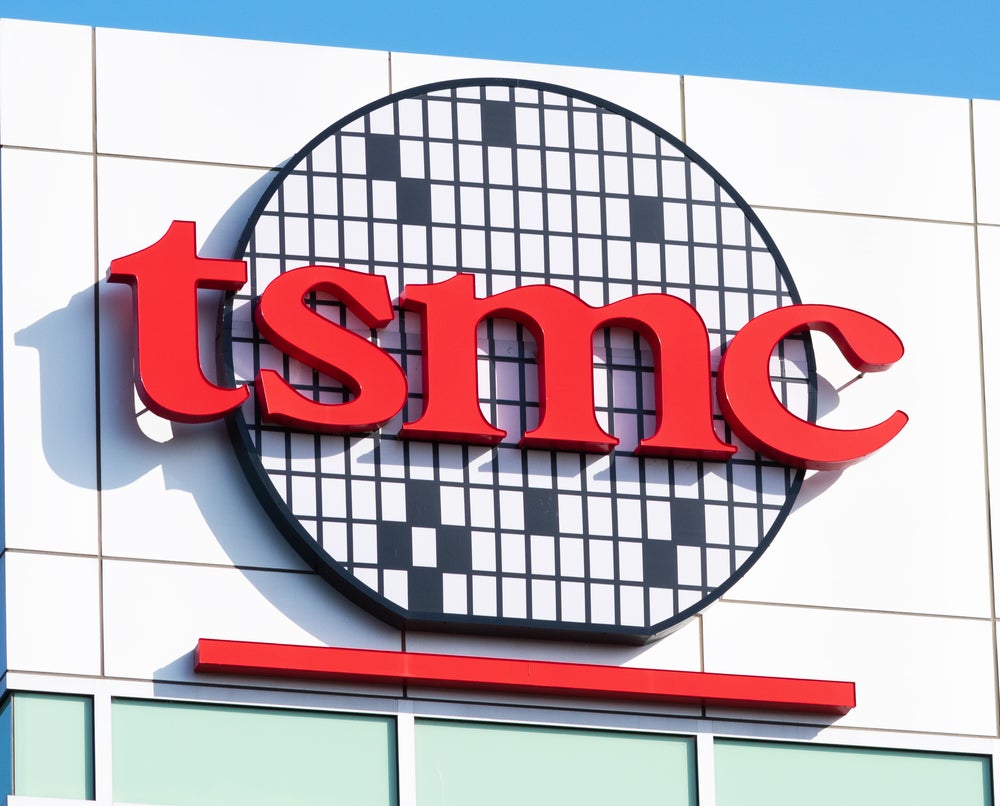Wipro has been granted a patent for a method and system that uses a radio signal and a vision sensor to navigate an Autonomous Ground Vehicle (AGV). The method involves generating a trajectory plan based on a path plan, identifying the AGV location using a radio signal-based trilateration mechanism, estimating AGV location error with respect to the road lane center, and correcting the trajectory plan for navigation. GlobalData’s report on Wipro gives a 360-degree view of the company including its patenting strategy. Buy the report here.
According to GlobalData’s company profile on Wipro, Hybrid cloud mgmt was a key innovation area identified from patents. Wipro's grant share as of September 2023 was 62%. Grant share is based on the ratio of number of grants to total number of patents.
Method for navigating an autonomous ground vehicle using radio signal and vision sensor
A recently granted patent (Publication Number: US11774571B2) describes a method and system for navigating an Autonomous Ground Vehicle (AGV) using a combination of radio signals and vision sensors. The method involves several steps to assist the AGV in determining its location and adjusting its trajectory plan accordingly.
The AGV assistance system generates a trajectory plan based on a path plan, which is determined using the destination location and the current location of the AGV. To identify the approximate AGV location, the system uses a radio signal-based trilateration mechanism. This mechanism relies on radio signal transponders placed along the desired route, allowing the AGV to measure the distance between itself and the transponders through radio signal exchange. By determining the three transponders with the shortest distance from the AGV, an equilateral triangular zone of coverage is formed.
Using camera and Light Detection And Ranging (LIDAR) sensors on the AGV, the system determines the coordinates of the road boundary and the center road lane marking in front of the vehicle. Based on this information, along with the approximate AGV location, the system calculates the difference between the AGV's orientation and the road's orientation. It also determines the distance between the AGV and the road boundary, as well as the distance between the AGV and the center road lane marking.
With these measurements, the system estimates the AGV's location error with respect to the road lane center. It then determines a new lane waypoint based on the distance between the AGV and the road boundary, the distance between the AGV and the center road lane marking, and the lane waypoints associated with the AGV's location error. The system corrects the trajectory plan based on the AGV's location error corrected pose.
The patent also describes an AGV assistance system that includes a processor and memory storing instructions for executing the above-mentioned steps. Additionally, it mentions that the trajectory plan is generated based on sensor data from the current environment and the AGV's current velocity.
Overall, this patent presents a method and system that combines radio signals and vision sensors to assist an AGV in navigating its surroundings and adjusting its trajectory plan based on its location and orientation.
To know more about GlobalData’s detailed insights on Wipro, buy the report here.
Premium Insights
From

The gold standard of business intelligence.
Blending expert knowledge with cutting-edge technology, GlobalData’s unrivalled proprietary data will enable you to decode what’s happening in your market. You can make better informed decisions and gain a future-proof advantage over your competitors.







